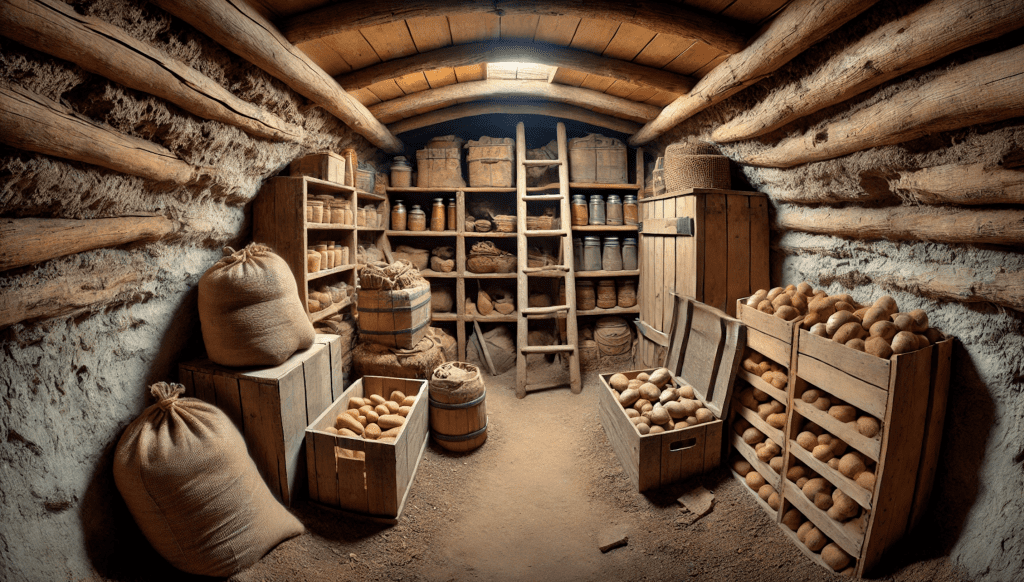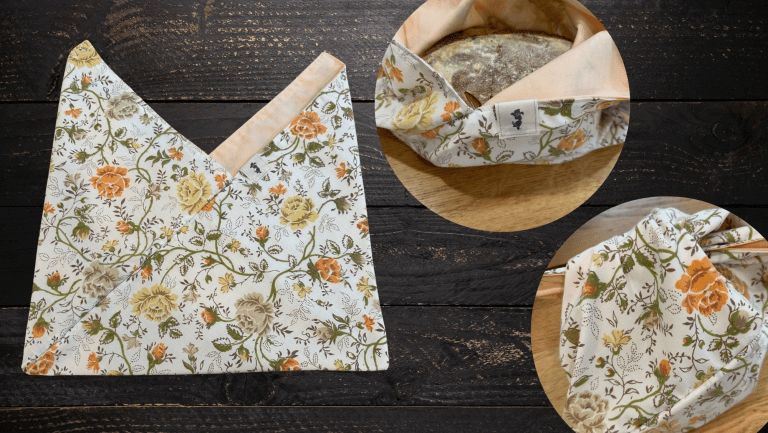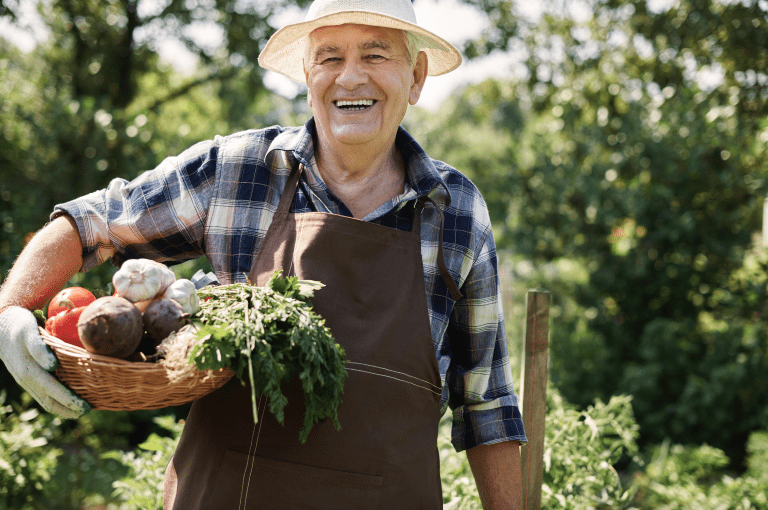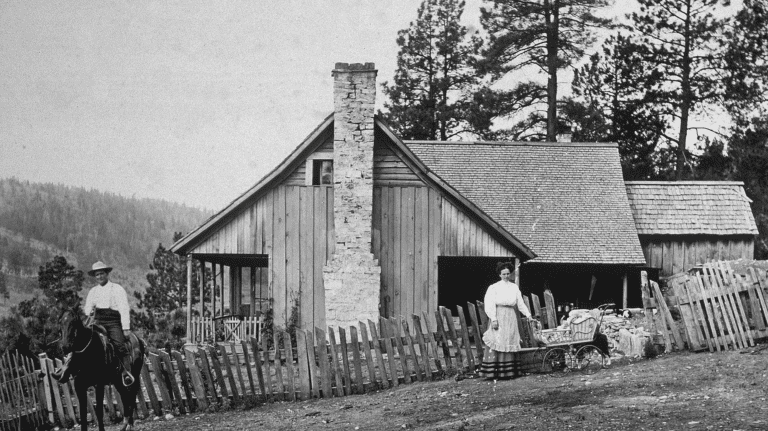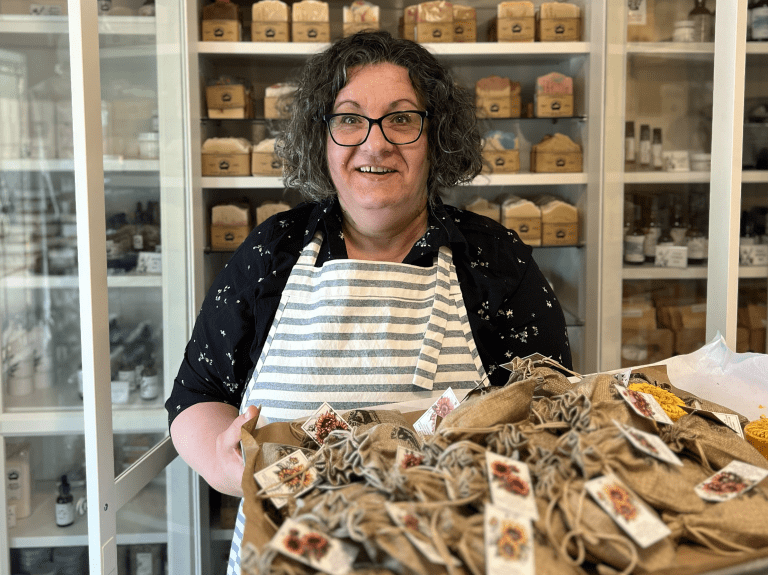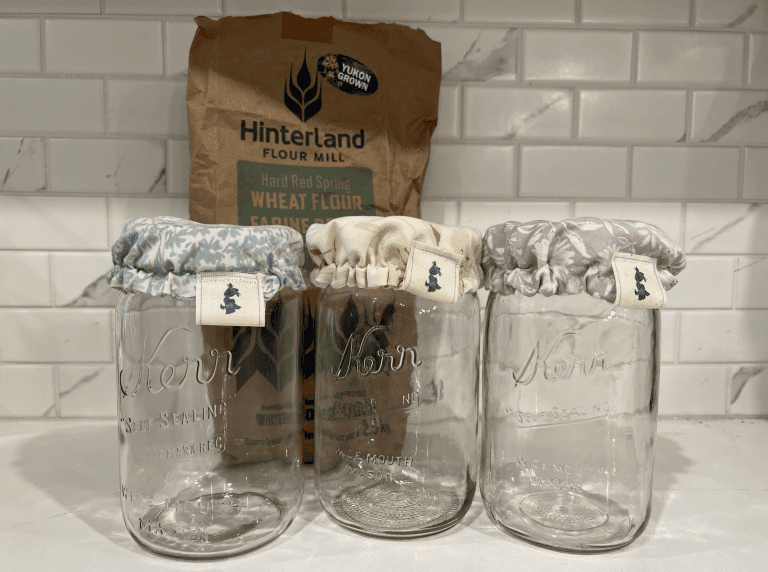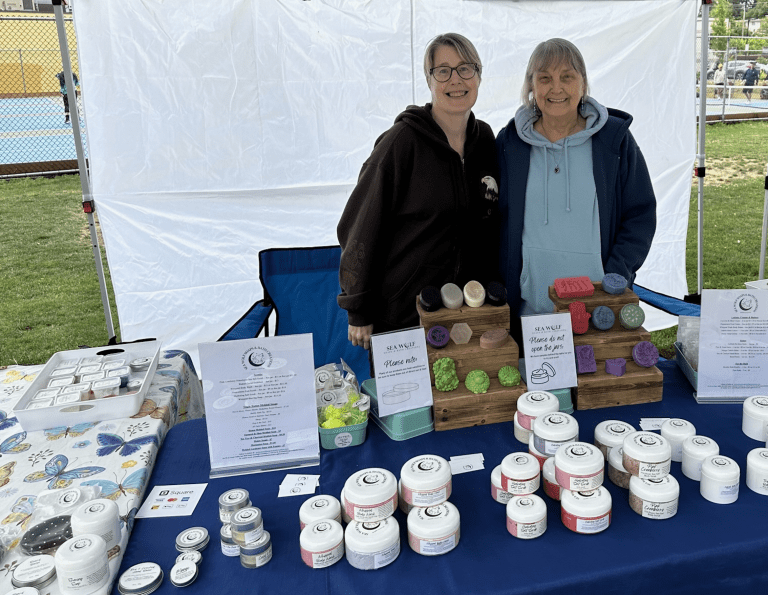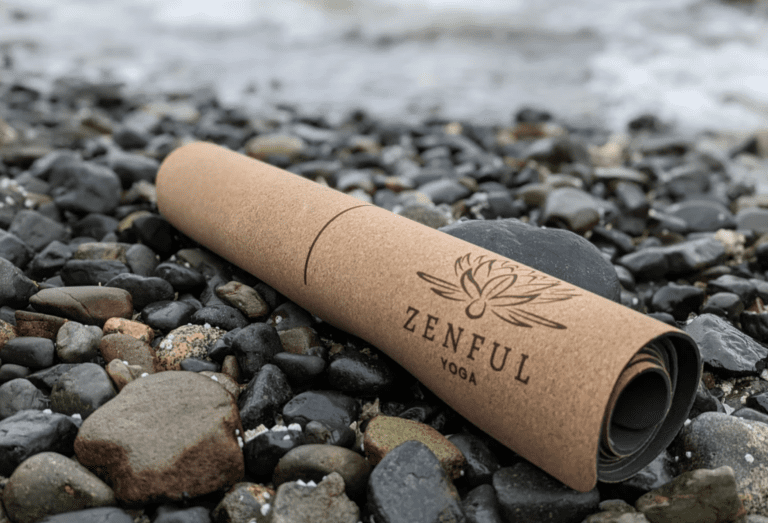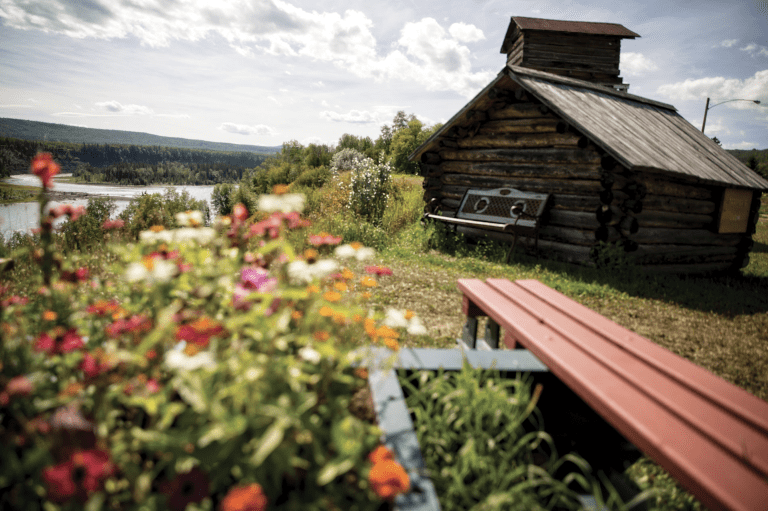As the crisp autumn air begins to settle in and the days grow shorter, the bounty of your homestead’s garden is at its peak. Root vegetables, with their hearty and robust nature, are among the most rewarding crops to grow. Not only are they nutritious and versatile in the kitchen, but they also have the potential to last throughout the fall and winter months, providing you with fresh produce well into the next growing season. However, the key to enjoying these vegetables long after they’ve been harvested lies in proper storage techniques.
At Wild Bluebell Homestead, we’re passionate about embracing the old ways of living off the land and making the most of what nature provides. This guide is designed to encourage you to grow a variety of root vegetables on your homestead and teach you how to store them easily and effectively. We’ll explore the general principles of root vegetable storage, offer tips that don’t require fancy equipment, and introduce you to the types of root vegetables you can cultivate. Plus, we’ll take a step back in time to learn how our ancestors stored their harvests, ensuring that you can carry on these time-tested traditions at your own homestead.
The General Principles of Root Vegetable Storage
The foundation of successful root vegetable storage is understanding a few key principles: temperature, humidity, and ventilation.
Temperature: Most root vegetables store best in cool conditions, typically between 32°F and 40°F. This range mimics the conditions found underground where these crops naturally thrive. A consistently cool environment slows down the respiration rate of vegetables, which in turn helps to preserve their freshness and nutritional value. If the temperature gets too warm, vegetables may sprout or spoil more quickly; if it’s too cold, they might freeze and lose their texture or flavor.
Humidity: High humidity levels (around 90-95%) are essential to prevent your vegetables from drying out. This moisture retention helps maintain the plumpness and crispness of the vegetables. However, it’s crucial to monitor the humidity closely. Too much moisture can lead to mold growth, while too little can cause the vegetables to shrivel. The right balance keeps them fresh and edible for months.
Ventilation: Proper airflow is crucial to prevent mold growth and maintain a stable environment. Without adequate ventilation, gases released by the vegetables during storage (such as ethylene) can accumulate and accelerate ripening, leading to spoilage. Ensure that your storage area is well-ventilated but not drafty, as drafts can cause temperature fluctuations and dry out the vegetables.
Easy, Equipment-Free Storage Solutions
You don’t need a fancy root cellar or expensive equipment to store your vegetables. Here are some easy, low-cost methods to keep your root vegetables fresh:
Old Wooden Crates and Pallets: Recycling old wooden crates or pallets to create simple storage bins is an excellent way to keep your vegetables organized and well-ventilated. Line the crates with straw, hay, or sawdust to provide insulation and maintain the right humidity levels. The straw or sawdust acts as a barrier, protecting the vegetables from light and temperature fluctuations.
Sand or Sawdust Storage: Bury root vegetables like carrots, beets, and parsnips in boxes filled with damp sand or sawdust. This method replicates the natural conditions found underground, where these vegetables thrive. The sand or sawdust keeps the vegetables cool and moist, preventing them from drying out. Be sure to use damp, not wet, material to avoid rot.
Burlap Sacks: For vegetables like potatoes, onions, and garlic, burlap sacks are a great option. These breathable bags allow for good airflow while protecting the vegetables from light, which can cause sprouting or greening. Hang them in a cool, dark place with good ventilation to prevent moisture buildup and rot.
The Basement or Garage: If you don’t have a root cellar, a cool basement or even a garage can serve as a suitable storage area, especially if you create small microclimates with insulation or crates. These areas often provide the cool, stable temperatures needed for long-term storage. Consider using insulated boxes or containers to protect your vegetables from temperature fluctuations and drafts.
Types of Root Vegetables to Grow and Store
Root vegetables are a diverse group of crops that include many different varieties, each with its own unique storage requirements and culinary uses. Below is a comprehensive alphabetical list of root vegetables that are commonly grown and accessible in Canada and the United States. Each entry includes tips for storing them to keep them fresh throughout the fall and winter.
Beets: Store beets in damp sand, sawdust, or peat moss to maintain freshness. Remove the greens before storing, as they can draw moisture from the roots. Beets are hardy and can last for months with proper storage, retaining their sweetness and earthy flavor.
Carrots: Carrots are best stored in layers of sand or sawdust. Like beets, remove the greens to prevent moisture loss. Carrots stored this way will stay crisp and flavorful well into the winter months. They can also be kept in perforated plastic bags in the refrigerator for short-term storage.
Celeriac (Celery Root): Celeriac is a lesser-known but delicious root vegetable that stores well in cool, moist conditions. Keep it in damp sand or sawdust, or in the crisper drawer of your refrigerator. Celeriac is known for its nutty flavor and can last several months when stored properly.
Garlic: Garlic bulbs should be cured (dried) before storage. Once cured, store them in a cool, dry, and dark place with good ventilation, such as in mesh bags or woven baskets. Garlic can last for up to six months when stored in the right conditions, adding flavor to your meals all winter long.
Ginger: Although more commonly associated with warmer climates, ginger can be grown and stored in cooler regions with care. Store ginger roots in a cool, dry place or freeze them for longer-term storage. Ginger will keep for several weeks to months when stored properly, adding flavor and health benefits to your meals.
Horseradish: Horseradish roots can be stored in damp sand or sawdust, or in the refrigerator. This pungent root will keep for several months and can be grated fresh as needed to add a spicy kick to your meals.
Kohlrabi: Kohlrabi, while technically a stem vegetable, can be stored like root vegetables. Remove the leaves and store the bulbs in a cool, moist environment, such as in sand or in the refrigerator. Kohlrabi can last for several weeks to months, depending on the storage conditions.
Leeks: Although not a root vegetable in the strictest sense, leeks are often stored alongside them. They can be stored in a cool, moist environment or in the refrigerator, where they will keep for several weeks. Leeks can also be left in the ground and harvested as needed during the winter.
Onions: Onions need to be cured before long-term storage. Once the tops have dried, cut them off and store the onions in a cool, dry, and well-ventilated place. Mesh bags or old nylons are ideal for storing onions, as they allow air to circulate while keeping the onions contained.
Parsnips: Parsnips can be stored in sand or sawdust in a cool, dark place. Their flavor even improves after a frost, making them a great crop for late fall harvesting. Parsnips will keep for several months when stored properly, adding a sweet, earthy flavor to your winter dishes.
Potatoes: Store potatoes in a cool, dark, and well-ventilated space, such as a basement or cellar. Avoid exposure to light, which can cause them to green and become toxic. Potatoes should be kept in a breathable container, like a burlap sack, to allow for airflow and prevent moisture buildup.
Radishes: Radishes can be stored in the refrigerator in perforated plastic bags for short-term storage, or in damp sand for longer storage. Winter varieties of radishes, such as black radishes, store particularly well and can last for several months in the right conditions.
Rutabagas: Store rutabagas in a cool, humid place, similar to carrots or parsnips. They can also be left in the ground through the winter and dug up as needed. Rutabagas are a versatile vegetable that can be used in soups, stews, or mashed as a side dish.
Salsify and Scorzonera: These lesser-known root vegetables, sometimes called “oyster plant” due to their flavor, store well in sand or sawdust in a cool, moist environment. They can be used in soups, stews, or roasted, adding a unique flavor to your dishes.
Sweet Potatoes: Unlike other root vegetables, sweet potatoes prefer slightly warmer storage conditions (around 55°F). Cure them by allowing them to dry in a warm, humid environment for about 10 days, then store in a cool, dry, and dark place. Sweet potatoes can last for up to six months when stored properly.
Turmeric: Like ginger, turmeric roots can be stored in a cool, dry place or in the refrigerator. Turmeric is known for its vibrant color and health benefits, and can last for several months in proper storage conditions.
Turnips: Store turnips in sand or sawdust in a cool, dark place, or in the refrigerator in perforated bags. Their flavor improves after a frost, and they can be used in a variety of dishes, from soups to roasted vegetables. Turnips will keep for several months in proper storage conditions.
A Glimpse into the History of Vegetable Storage
The practice of storing root vegetables is as old as agriculture itself. Our ancestors understood the importance of preserving their harvest to sustain themselves through the long winter months. Early homesteaders and farmers would dig pits or create root cellars to store their crops, using the earth’s natural insulation to keep the vegetables fresh. These methods, though simple, were highly effective and have stood the test of time.
Root cellars were often dug into the ground or built into hillsides, where the temperature remained consistently cool throughout the year. Straw, hay, or even dry leaves were used as insulation to keep the vegetables from freezing in the winter and from spoiling in warmer months. This careful balance of temperature and humidity ensured that the harvest could be enjoyed long after the growing season ended.
In many cultures, the storage of root vegetables was not just a practical necessity but also a ritual. The harvest was celebrated, and the first vegetables stored were often blessed or used in communal meals. These traditions underscored the importance of food preservation in sustaining communities through lean times.
Root vegetable storage was fundamental to survival in the past and remains an important part of planning a stable and successful homesteading life today. As we continue to embrace self-sufficiency and homesteading practices, there’s much we can learn from these historical techniques. By using what’s available to us—whether it’s old crates, sand, or a cool basement—we can carry on the tradition of preserving the harvest, ensuring that nothing goes to waste.
Closing Thoughts
Storing root vegetables long-term doesn’t have to be complicated or costly. By following these simple principles and methods, you can enjoy the fruits of your labor all year round, even through the harshest winter months. Growing a variety of root vegetables on your homestead not only provides you with nutritious food but also connects you to a long tradition of self-reliance and sustainable living.
We hope this guide has inspired you to expand your garden and embrace the art of vegetable storage. If you’re looking for more tips, how-to’s, and homesteading inspiration, be sure to follow Wild Bluebell Homestead on Instagram and join our email newsletter for regular updates.
Together, we can keep these traditions alive and thriving.

